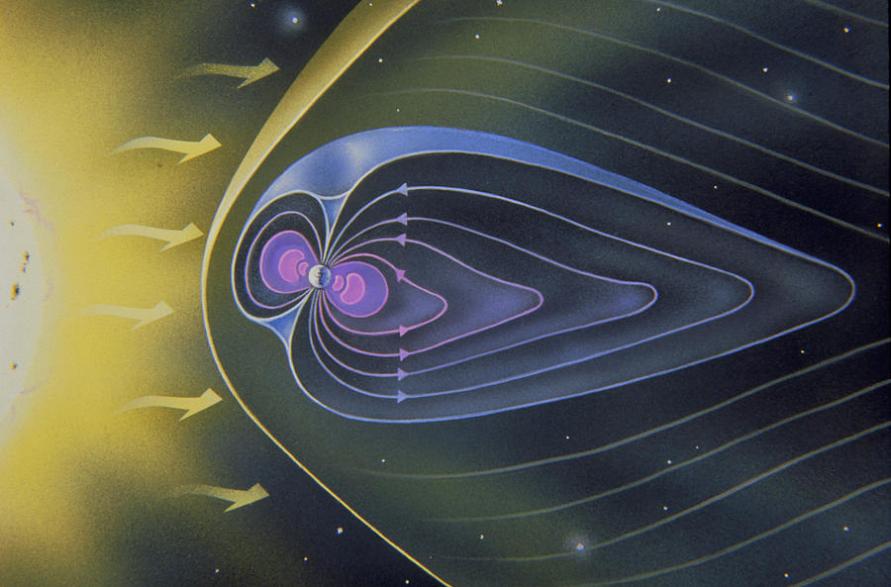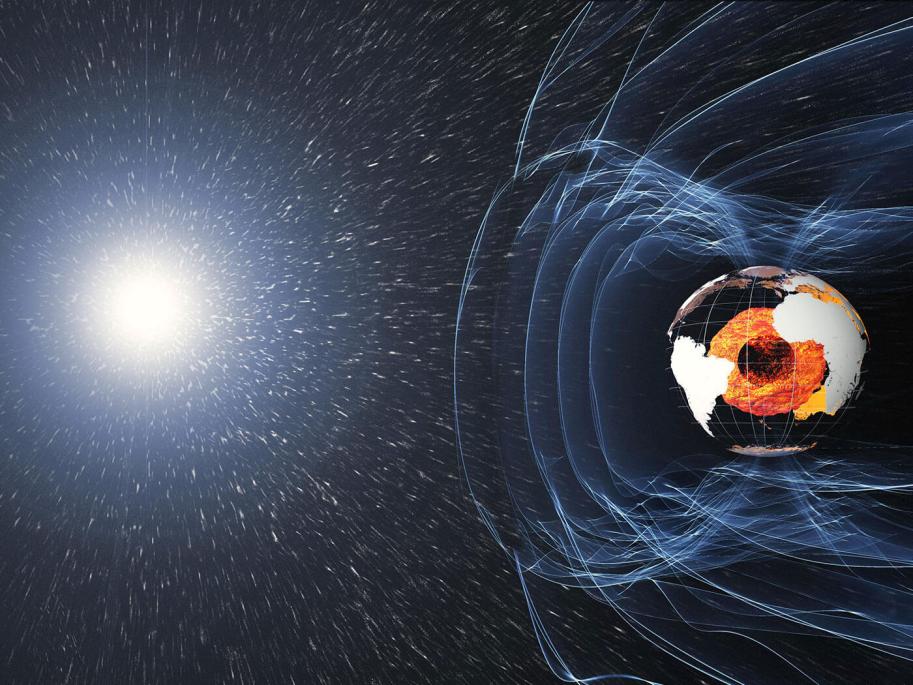How Do the Northern Lights Work? Unraveling the Secrets of the Magnetosphere
Have you ever witnessed the captivating spectacle of the Northern Lights dancing across the night sky? These mesmerizing displays, also known as Aurora Borealis, are a testament to the intricate interplay between the Earth's magnetic field and the charged particles from the Sun. Join us as we embark on a journey to unravel the secrets of the magnetosphere and understand the science behind this awe-inspiring natural phenomenon.

I. Understanding The Magnetosphere
1. Earth's Magnetic Field:
- The Earth possesses a magnetic field generated by the movement of molten iron in its outer core.
- This magnetic field extends far into space, creating a region known as the magnetosphere.
2. Charged Particles And Magnetic Field Interaction:
- Charged particles, such as electrons and protons, are constantly emitted from the Sun in a stream called the solar wind.
- When these charged particles encounter the Earth's magnetic field, they are deflected and guided along the field lines.
3. Regions Of The Magnetosphere:
- Bow Shock: The outermost layer where the solar wind encounters the Earth's magnetic field, creating a shock wave.
- Magnetopause: The boundary between the solar wind and the magnetosphere, where the magnetic field lines merge.
- Plasmasphere: The inner region of the magnetosphere, containing relatively low-energy charged particles.
- Magnetotail: The elongated tail-like region extending away from the Earth, where magnetic field lines stretch.
II. The Solar Wind And Its Influence
1. Solar Wind:
- The solar wind is a continuous stream of charged particles emitted from the Sun's corona.
- The speed and density of the solar wind vary, influenced by solar activity and eruptions.
2. Interaction With The Magnetosphere:
- The solar wind interacts with the Earth's magnetosphere, causing disturbances and creating the conditions for the Northern Lights.
- During periods of increased solar activity, such as solar storms, the solar wind can intensify, leading to more pronounced Northern Lights displays.
3. Geomagnetic Activity:
- Geomagnetic activity refers to the fluctuations in the Earth's magnetic field caused by solar wind disturbances.
- High levels of geomagnetic activity, often associated with solar storms, enhance the intensity and frequency of the Northern Lights.
III. The Physics Of The Northern Lights
1. Charged Particle Acceleration:
- Charged particles from the solar wind are accelerated by the Earth's magnetic field as they travel along the field lines.
- This acceleration process increases the energy of the particles, enabling them to penetrate deeper into the atmosphere.
2. Collisions And Light Emission:
- As the accelerated particles descend into the atmosphere, they collide with atoms and molecules, exciting them.
- When these excited atoms and molecules return to their normal state, they release energy in the form of light, creating the Northern Lights.
3. Color Variations:
- The color of the Northern Lights depends on the type of atoms and molecules involved in the collisions.
- Collisions with oxygen atoms produce green and red auroras, while nitrogen atoms result in blue and purple hues.
IV. Observing The Northern Lights
1. Best Locations:
- The Northern Lights are visible in high-latitude regions, typically above 60 degrees latitude.
- Some of the best locations for viewing the Northern Lights include Alaska, Canada, Scandinavia, and Iceland.
2. Optimal Conditions:
- Clear skies and minimal light pollution are essential for optimal viewing conditions.
- The best time to see the Northern Lights is during the winter months, when nights are longer and darker.
3. Factors Affecting Visibility:
- Solar activity and geomagnetic storms play a significant role in the intensity and visibility of the Northern Lights.
- During periods of high solar activity, the Northern Lights can be more frequent and spectacular.
V. Conclusion
The Northern Lights, a captivating natural phenomenon, are a testament to the intricate interplay between the Earth's magnetic field and the charged particles from the Sun. Understanding the mechanisms behind the Northern Lights not only deepens our appreciation for this natural wonder but also enhances our knowledge of space weather and its impact on our planet. As we continue to unravel the secrets of the magnetosphere, we gain a deeper understanding of the universe and our place within it.
Remember, the Northern Lights are a reminder of the interconnectedness of our planet with the vastness of space. They inspire us to explore the unknown and to marvel at the beauty and complexity of the natural world.

YesNo

Leave a Reply